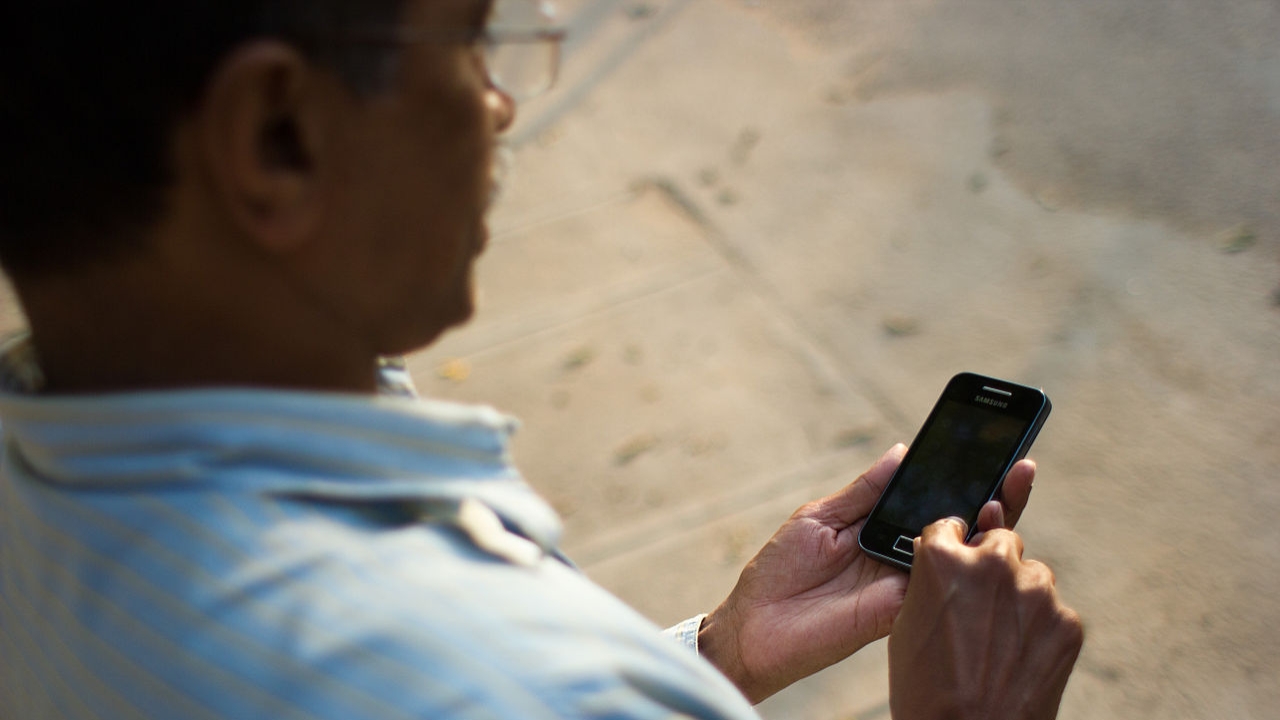
Are we entering a new world of remote work?
Originally posted on The Horizons Tracker.
The virtues of remote working have been extolled for many years, with a host of potential benefits for employer and employee alike. From March of this year, for many, this became an instant reality, and we frantically arranged a home office in our kitchen, subscribed to Zoom, and tried our best to maintain some kind of business as usual.
What was a trickle towards remote work before the pandemic became a flood overnight. Thankfully, for all of the challenges we’ve had with connectivity and so on, the technology infrastructure has largely supported the transition, and the rollout of 5G and continued development in areas such as augmented reality and telerobotics promise to make more of the work we do possible remotely.
That’s the conclusion of the 5th edition of the Technology at Work report1 from Oxford University and Citi, which found that a surprisingly large proportion of our jobs can be done remotely.
“The COVID-19 pandemic has demonstrated that remote work is possible. We examined 483 occupations and found that 113 of them can be performed remotely,” says Carl Benedikt Frey, Oxford Martin Citi Fellow, and Director of the Future of Work Programme at the Oxford Martin School. “Importantly though, those 113 occupations employ 52% of the U.S. workforce.”
Productive work
New research2 from Tilburg University suggests that such remote work is generally very productive. Their analysis revealed that people felt working remotely tended to allow them to work more efficiently and have greater control of their work day.
They quizzed some 5,000 employees from across Europe, and responses tended to fall within one of two core groups. The first of these revealed that they were working longer hours than ever before, and felt more pressure to perform, whereas the second group felt less pressure than before, and their hours had actually gone down, due in large part to the lack of commute.
Across the two groups, however, 57.4% of respondents experienced benefits from the new way of working, with the biggest benefit being a greater connection to one’s own social preferences. It was also commonly reported that employees felt happier with the control they have over their day, and more efficient as a result.
Despite these benefits, however, there was also concern expressed about the potential for this form of working to become long-term. Respondents expressed concern that working remotely over a longer period of time might diminish their sense of purpose and meaning, whereas others voiced concern about the resources they have at home to work effectively.
Irregular work
Despite the Oxford study highlighting the number of jobs that can potentially be done remotely, both they and the Tilburg team are at pains to point out that remote work is not a one-size-fits-all concept, but rather something that needs a unique approach for each situation.
There is also a clear divide in the type of jobs that can be done remotely, with the Oxford team finding that there is a clear tendency for remote jobs to be among the best paid. They reveal that fewer than 1 in 10 of the bottom half of earners are capable of working from home, which compares to around half of higher earners.
This has created a clear inequality during the pandemic, as those in lower paid jobs have not only been less likely to be able to continue working remotely as their workplace was shut, but are also most likely to have to go back and place themselves in harms way when workplaces re-open.
It’s a finding that Frey believe mirrors the challenges lower-skilled workers face in terms of technological change, with the 20th century significantly favoring skilled workers.
The future of work
The question is, whether this rise in remote working will endure after the pandemic, or whether we’ll go back to working pretty much as we did before.
It’s a situation the Oxford team believe will be more and more common in the years ahead. They argue that the tools, and perhaps more importantly the culture, are now in place to support greater flexibility in terms of both location and even work schedules.
“Technology has evolved to the point that virtual communication can substitute for face-to-face interactions,” they explain. “From telehealth to business meetings, more human interaction will take place on a screen in the future.”
They go on to suggest that the prevalence of virtual work will probably have a significant impact on the physical world, and argue that things like business travel might reduce as the need for face-to-face meetings reduces. They suggest a reduction in business travel of up to 25% is possible, with this having a significant impact on airline revenues.
The ability to work remotely might also have a significant impact on commuter time traffic, and subsequently air pollution in cities, with a reduction in headcount in offices also having an environmental impact. The authors project that if the half of workers who could work from home did so 1 day per week, it would result in an annual CO2 reduction of 2.5%, which equates to taking 4.3 million cars off the road.
“Working from home is not an option for every job, but there is clear evidence that it can have major advantages in the right applications and with the right workers,” the authors conclude. “And as we show in this report it also can have a positive impact on the environment.”
Article source: Are We Entering A New World Of Remote Work?
Header image source: Anna Shvets on Pexels.
References:
- Citi GPS (2020). Technology at Work v5.0: A New World of Remote Work. ↩
- Veldhoven, M. & van Gelder, M. (2020). Ervaringen met thuiswerken tijdens COVID-19: Europees vragenlijstonderzoek onder 5000 kenniswerkers gedurende de eerste weken van de lockdown – Rapportage Nederland. 10.13140/RG.2.2.34262.27208. ↩






